Author: Marshall Schott
Originally released under the moniker Equinox by the Hop Breeding Company in 2014, this relatively novel variety was forced to change its name following a trademark dispute, hence the adoption of the name Ekuanot. In addition to its solid bittering potential due to its high percentage of alpha acids, Ekuanot is known to impart unique sweet fruit and citrus characteristics alongside subtle hints of spice.
Alpha: 19%
Beta: 4 – 5%
Cohumulone: 31 – 36% of alpha acids
Total Oil: 4 mL / 100g
Myrcene: 30 – 45%
Humulene: 12 – 20%
Caryophyllene: 8 – 12%
Farnesene: <1%
Linalool: 0.2 – 0.5%
Geraniol: 0.2%
ß-Pinene: 0.4 – 0.8%
Parentage: cross between Warrior and a wild male
I’ve not only had the opportunity to sample a number of commercial beers featuring Ekuanot, including Sierra Nevada’s 2012 Ruthless Rye IPA, but I’ve also rubbed fresh cones straight off the bine while visiting Yakima during hop harvest. While I’ve been a fan of this variety, one thing I hadn’t done was brewed a single hop beer with it, which is exactly what I did when I got my hands on some fresh Ekuanot LUPOMAX.
| MAKING THE BEER |
I went with our standard Hop Chronicles Pale Ale recipe for this batch, making adjustments in the hop additions to account for the more potent LUPOMAX.
Ekuanot LUPOMAX Pale Ale
Recipe Details
| Batch Size | Boil Time | IBU | SRM | Est. OG | Est. FG | ABV |
|---|---|---|---|---|---|---|
| 5.5 gal | 60 min | 36.6 | 6.5 SRM | 1.055 | 1.009 | 6.04 % |
| Actuals | 1.055 | 1.009 | 6.04 % | |||
Fermentables
| Name | Amount | % |
|---|---|---|
| Lamonta: Pale American Barley Malt | 9.5 lbs | 82.61 |
| Vanora: Vienna-style Barley Malt | 2 lbs | 17.39 |
Hops
| Name | Amount | Time | Use | Form | Alpha % |
|---|---|---|---|---|---|
| Ekuanot LUPOMAX | 9 g | 60 min | Boil | Pellet | 19 |
| Ekuanot LUPOMAX | 10 g | 20 min | Boil | Pellet | 19 |
| Ekuanot LUPOMAX | 25 g | 2 min | Boil | Pellet | 19 |
| Ekuanot LUPOMAX | 40 g | 5 days | Dry Hop | Pellet | 19 |
Yeast
| Name | Lab | Attenuation | Temperature |
|---|---|---|---|
| Flagship (A07) | Imperial Yeast | 77% | 32°F - 32°F |
Notes
| Water Profile: Ca 146 | Mg 0 | Na 6 | Cl 45 | SO4 268 |
Download
| Download this recipe's BeerXML file |
After adjusting the water to my desired profile, I flipped the switch on my controller to heat it up before weighing out and milling the grain.
When the water was properly heated, I incorporated the grains and set the controller to maintain my desired mash temperature of 154°F/68°C.
The mash was left to rest for 60 minutes, during which I gently stirred it intermittetly.
During the mash rest, I weighed out the kettle hop additions.
Once the mash step was complete, I removed the grains and let them drip into the kettle while the wort was heating up.
The wort was boiled for 60 minutes with hops at the times stated in the recipe.
When the boil was finished, I quickly it with my IC.
A refractometer reading showed the wort was right at my target OG.
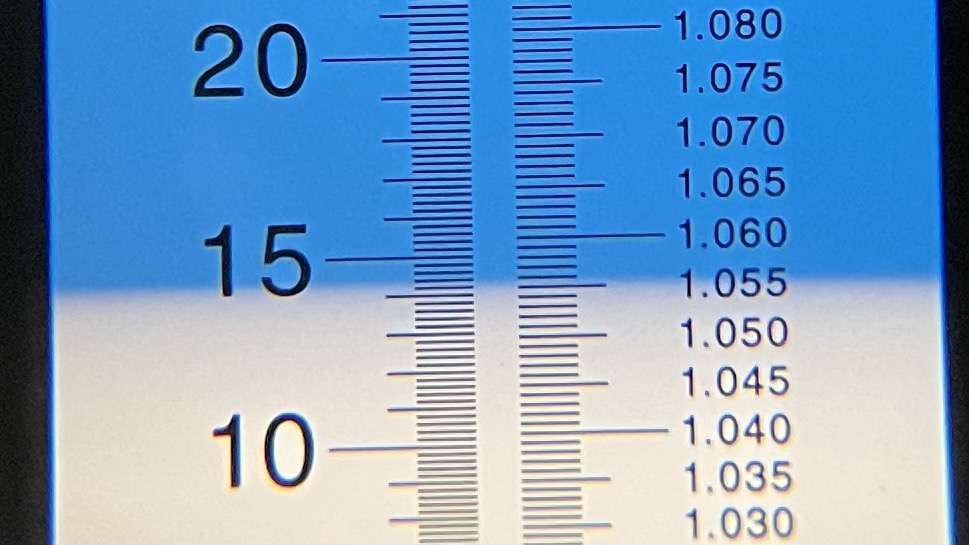
Next, I racked the wort to a sanitized FermTank.
At this point, I connected the filled FermTank to my glycol unit and let it finish chilling for about 10 minutes before I pitched a single pouch of Imperial Yeast A07 Flagship into the wort.
The beer was left to ferment at 66˚F/19˚C.
After 3 days of fermentation, I added the dry hop charge then left the beer alone another 5 days before taking a hydrometer measurement confirming FG was reached.
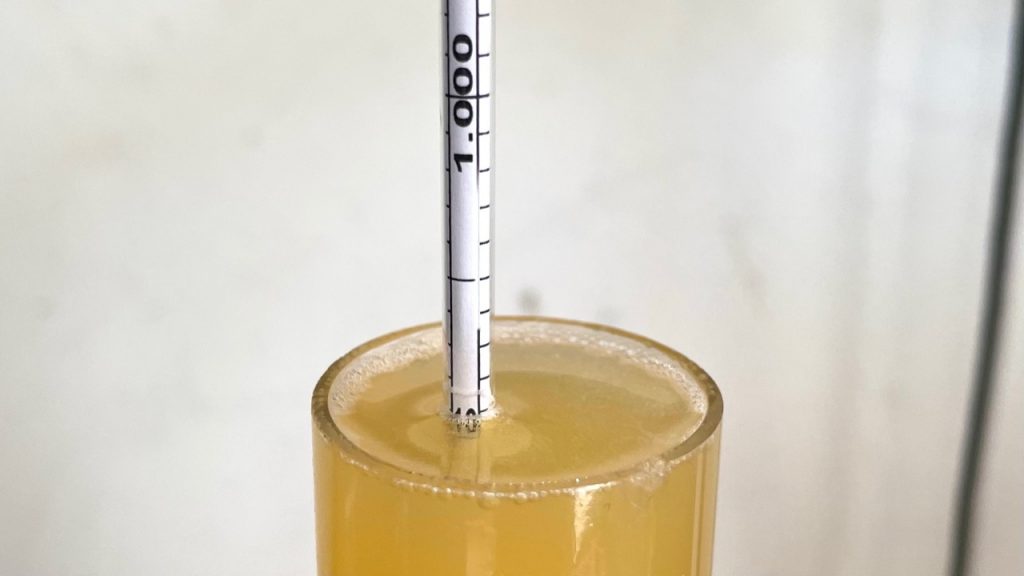
With fermentation complete, I pressure transferred the beer to a CO2 purged keg.
The filled keg was placed in my keezer and burst carbonated overnight before I reduced the gas to serving pressure. After a week of conditioning, it was ready to serve to blind tasters.
| METHOD |
Participants were instructed to focus only on the aromatic qualities of the beer before evaluating the flavor. For each aroma and flavor descriptor, tasters were asked to write-in the perceived strength of that particular characteristic on a 0-9 scale where a rating of 0 meant they did not perceive the character at all and a 9 rating meant the character was extremely strong. Once the data was collected, the average rating of each aroma and flavor descriptor was compiled and analyzed.
| RESULTS |
A total of 30 people participated in the evaluation of this beer, all blind to the hop variety used until after they completed the survey. The average aroma and flavor ratings for each descriptor were plotted on a radar graph.
Average Ratings of Aroma and Flavor Perceptions
The 3 characteristics endorsed as being most prominent by participants:
| Aroma | Flavor |
| Tropical Fruit | Citrus |
| Citrus | Tropical Fruit |
| Stone Fruit | Stone Fruit + Resinous (tie) |
The 3 characteristics endorsed as being least prominent by participants:
| Aroma | Flavor |
| Onion/Garlic | Berry |
| Berry | Onion/Garlic |
| Spicy/Herbal | Dank/Catty |
When asked to rate the pungency/strength of the hop, most tasters perceived it as being mildly to moderately pungent.
Tasters were then instructed to identify beer styles they thought the hop would work well in.
Finally, participants were asked to rate how much they enjoyed the hop character on a 1 to 10 scale.
My Impressions: I’ve tasted many single hop Pale Ales over the years and most are somewhat boring, but that was not the case with this beer. The Ekuanot LUPOMAX contributed a pleasant blend of tropical and stone fruits with hints of pine and floral in the background. I really enjoyed it!
| CONCLUSION |
Soon after being released in 2014, Ekuanot became known as a hop that works well in hoppy styles for its ability to impart desirable fruity characteristics without contributing catty or danky notes. While sporting a relatively high percentage of alpha acids on its own, the LUPOMAX version of Ekuanot has even stronger bittering potential as well as a higher concentration of the aromatic oils brewers so desire in their hoppy beers, allowing less to be used to achieve a similar result as standard pellets.
Confirming existing descriptors for this variety, tasters of a Pale Ale hopped solely with Ekuanot LUPOMAX noted tropical fruit, citrus, and stone fruit as being the strongest characteristics, while onion/garlic, berry, and dank/catty ranked among the weakest. While a few tasters felt the hop pungency in the beer was either mild or strong, a majority endorsed moderate pungency, which may explain the large number of people who felt it would work best in IPA/APA.
The good majority of my brewing these days is centered around lager styles, and while my experience with commercial beers featuring Ekuanot has been largely positive, I wasn’t sure what to expect from this single hop Ekuanot LUPOMAX Pale Ale. I’m pleased to say the beer exceeded my expectations, presenting with a very pleasant blend of tropical and stone fruits in both the nose and on the palate. It’s not often I’m truly impressed by a single hop beer, but I could see myself using Ekuanot LUPOMAX on its own again in the future, and I certainly look forward to combing it with hops like Simcoe and Cascade in a classic West Coast IPA.
Ekuanot LUPOMAX hops are available now at Yakima Valley Hops, get some while you can! If you have any thoughts on this variety, please feel free to share them in the comments section below.
Support Brülosophy In Style!
All designs are available in various colors and sizes on Amazon!
Follow Brülosophy on:
FACEBOOK | TWITTER | INSTAGRAM
If you enjoy this stuff and feel compelled to support Brulosophy.com, please check out the Support page for details on how you can very easily do so. Thanks!



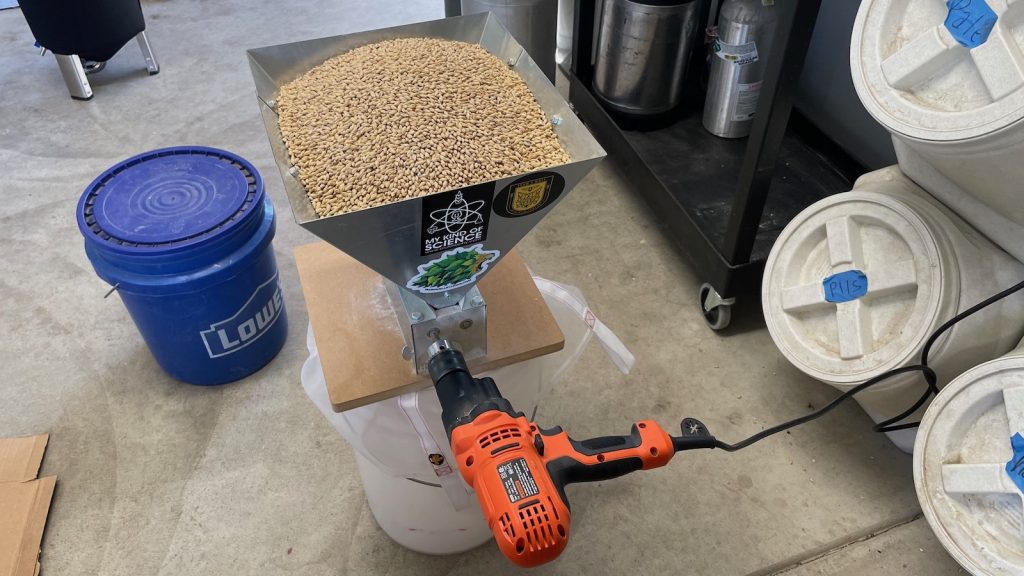
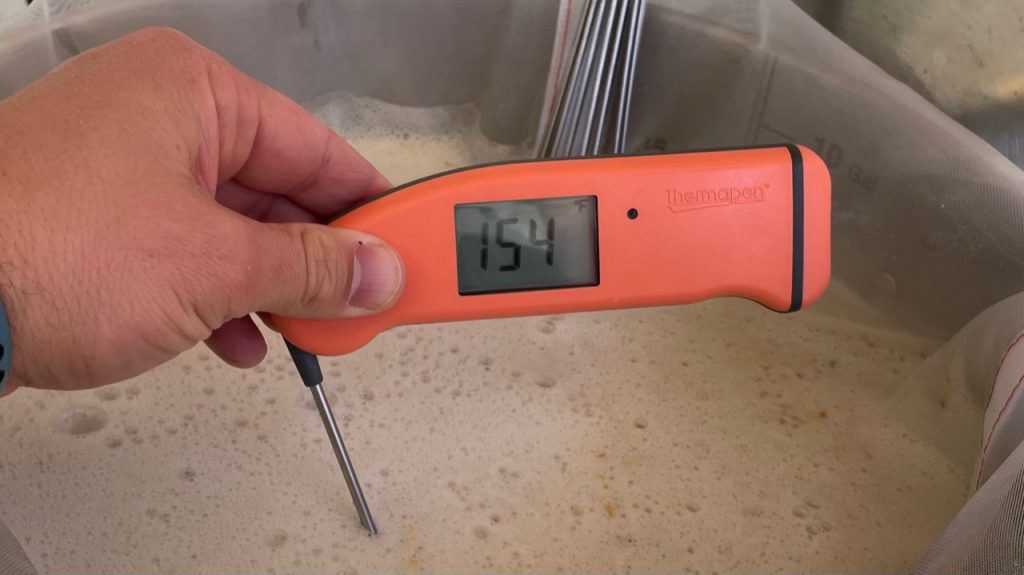
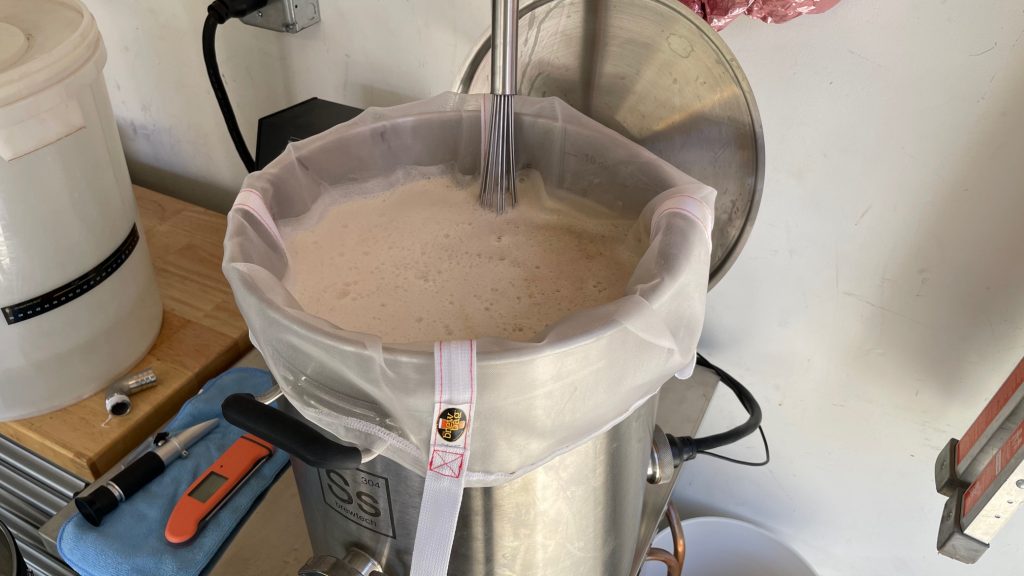
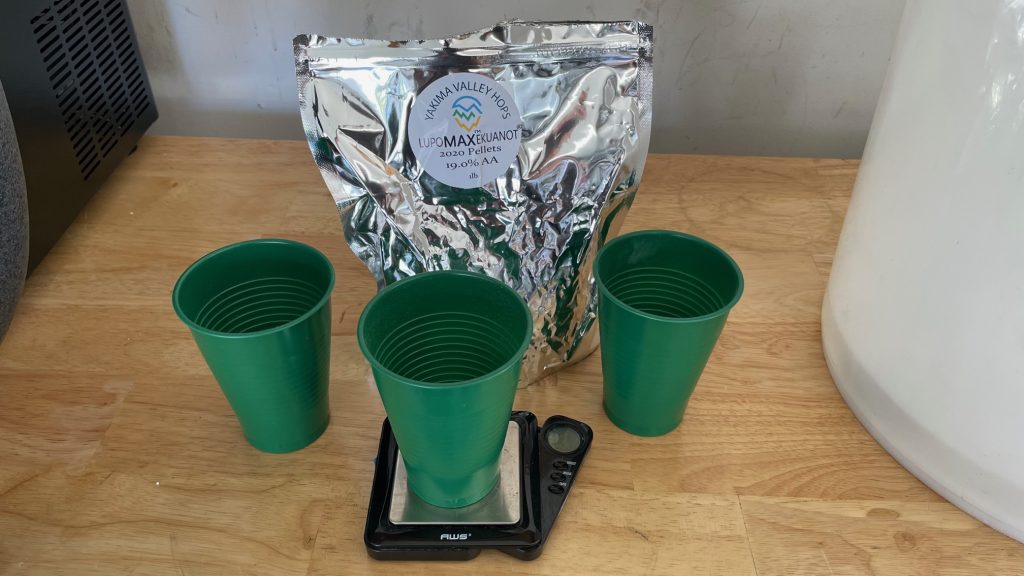
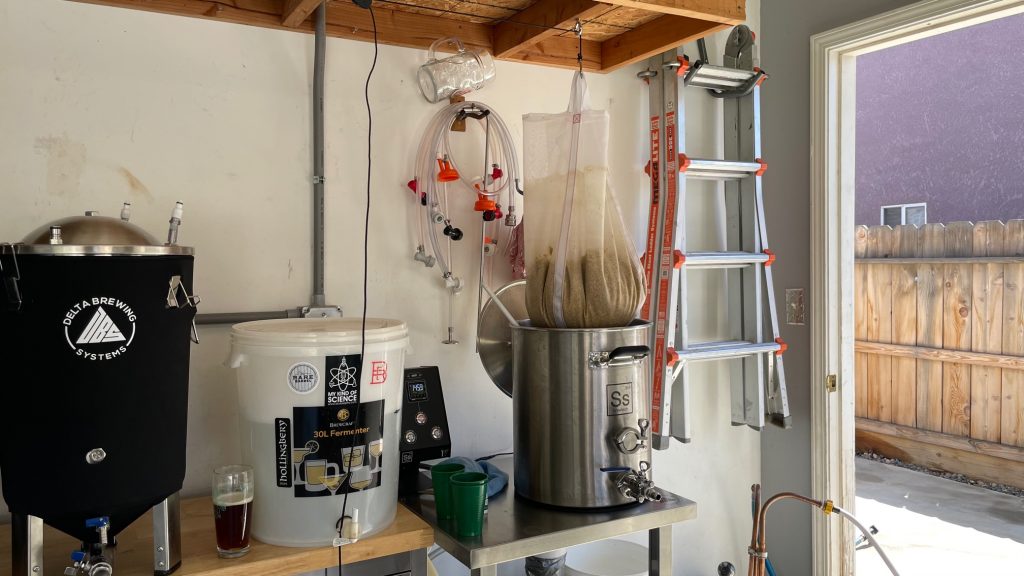
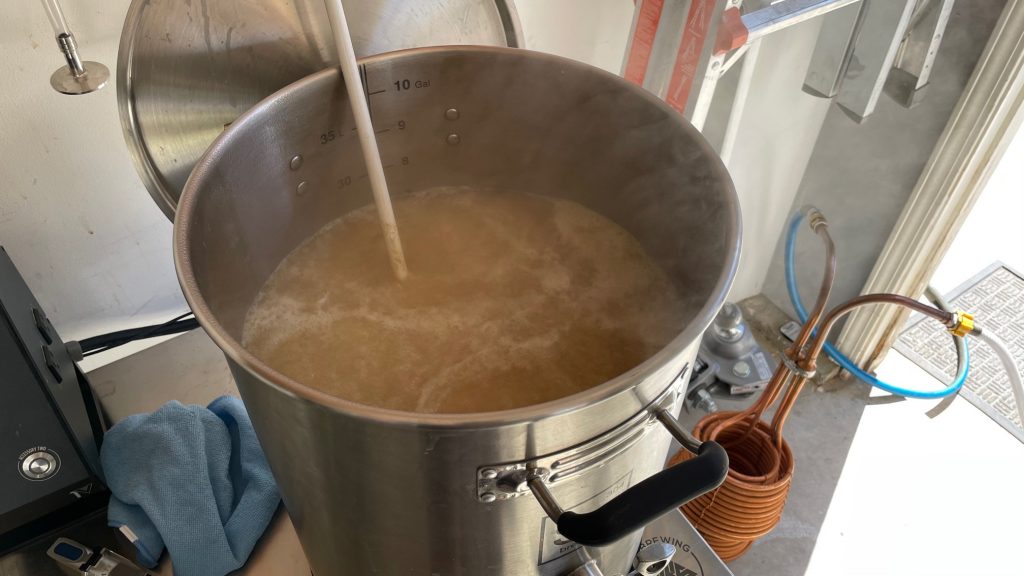
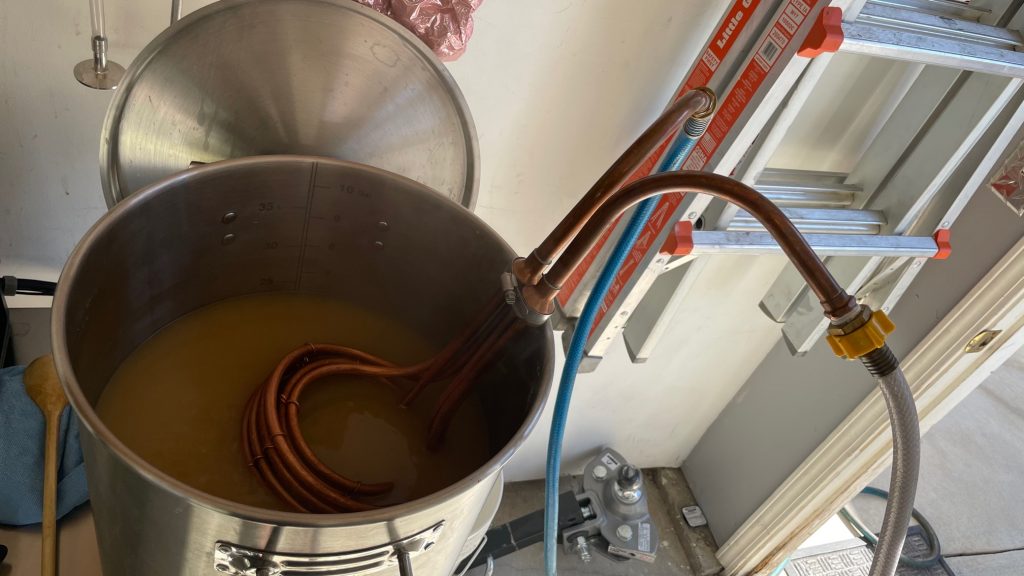
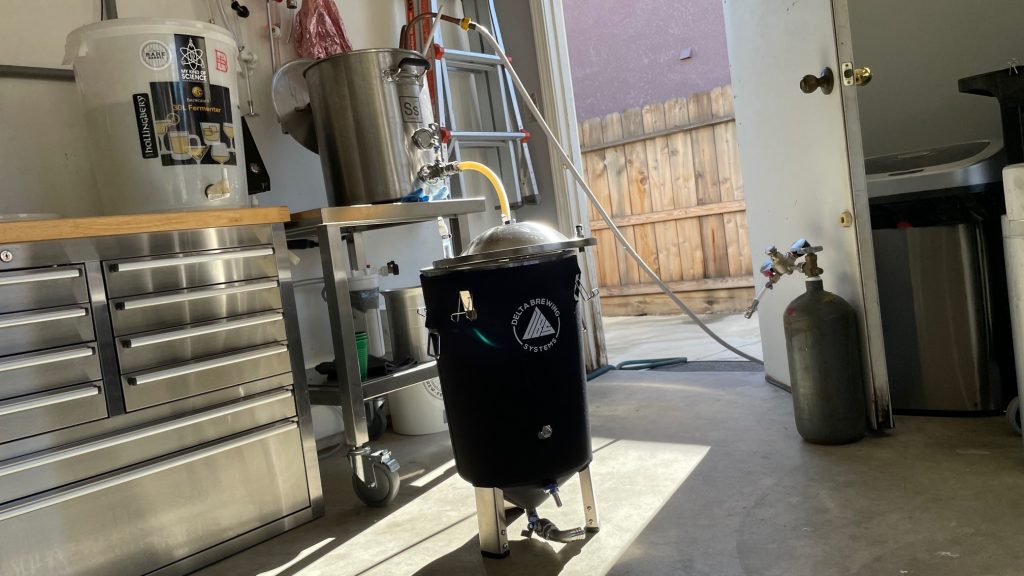
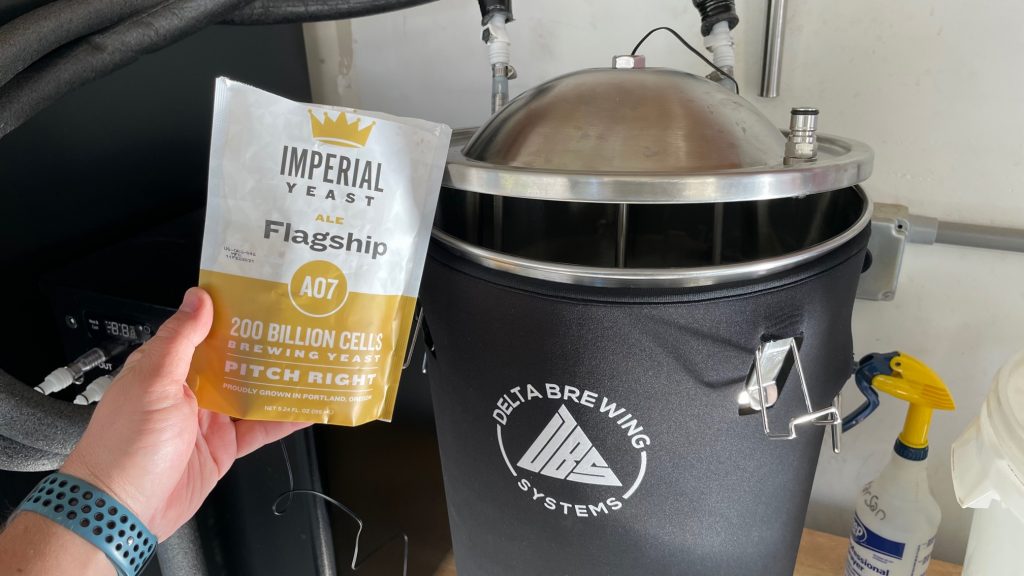
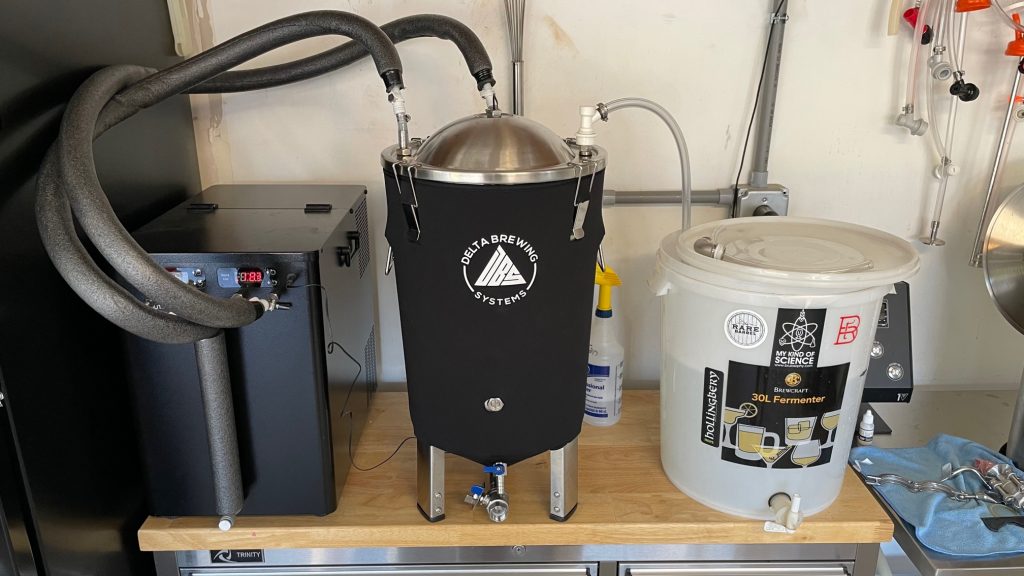
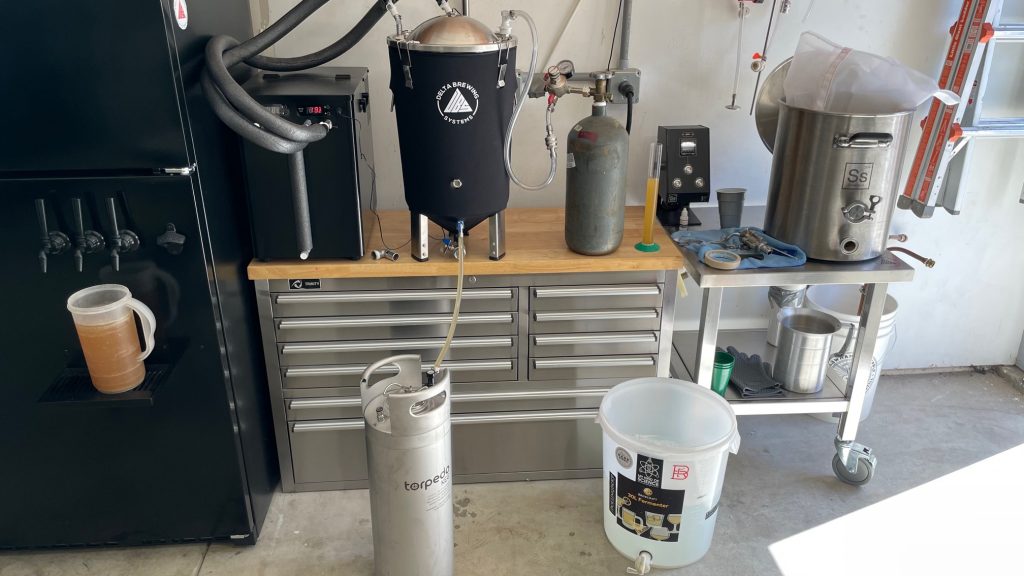
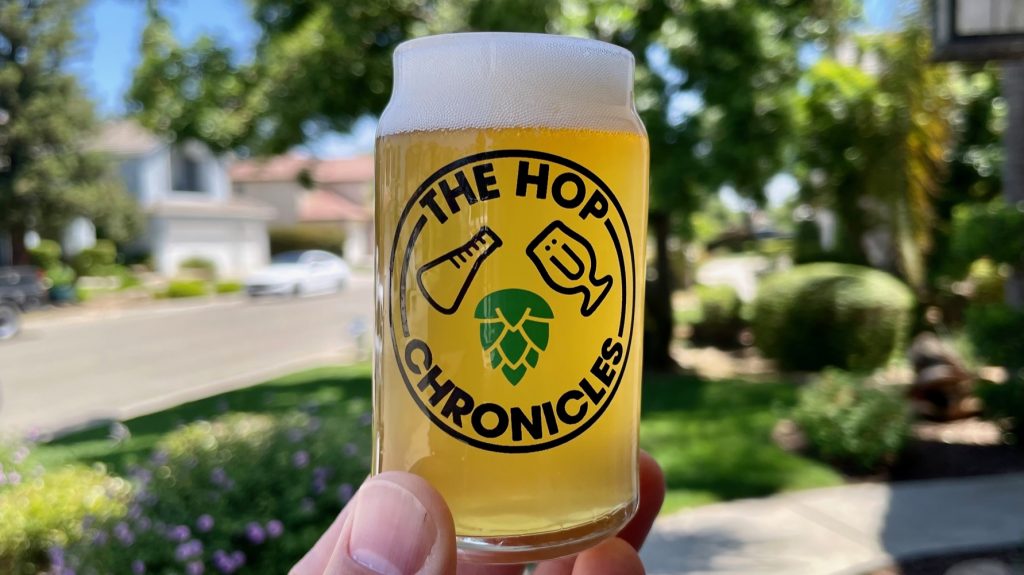

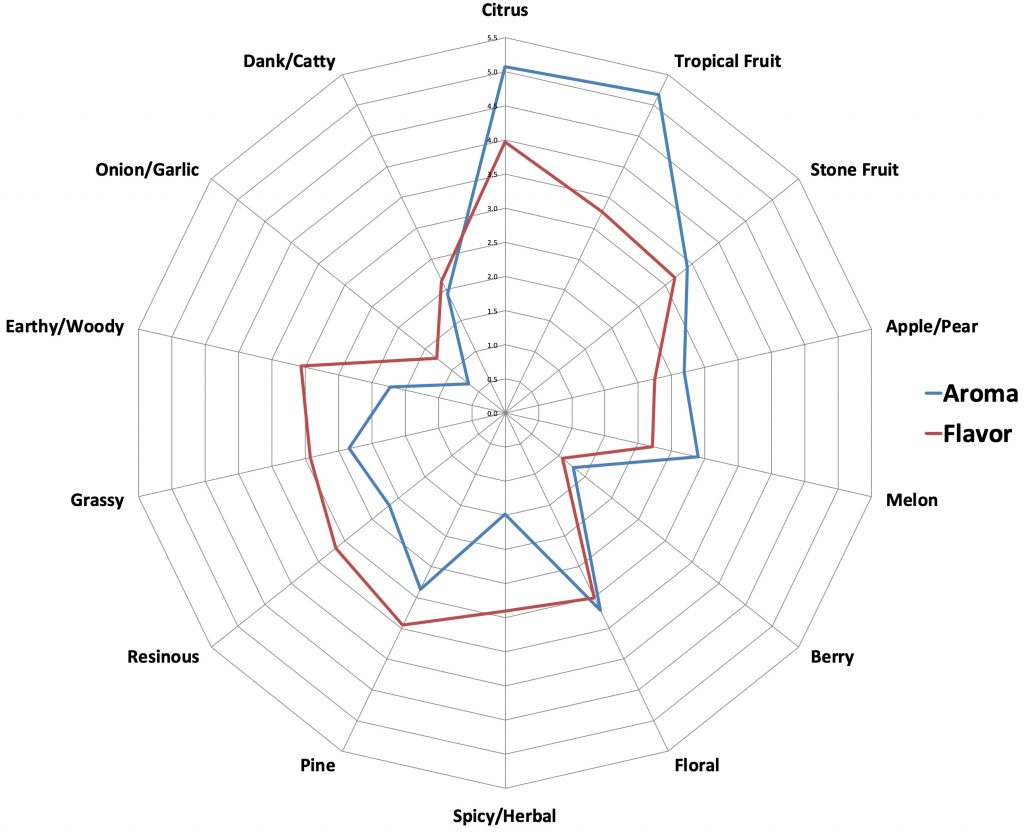
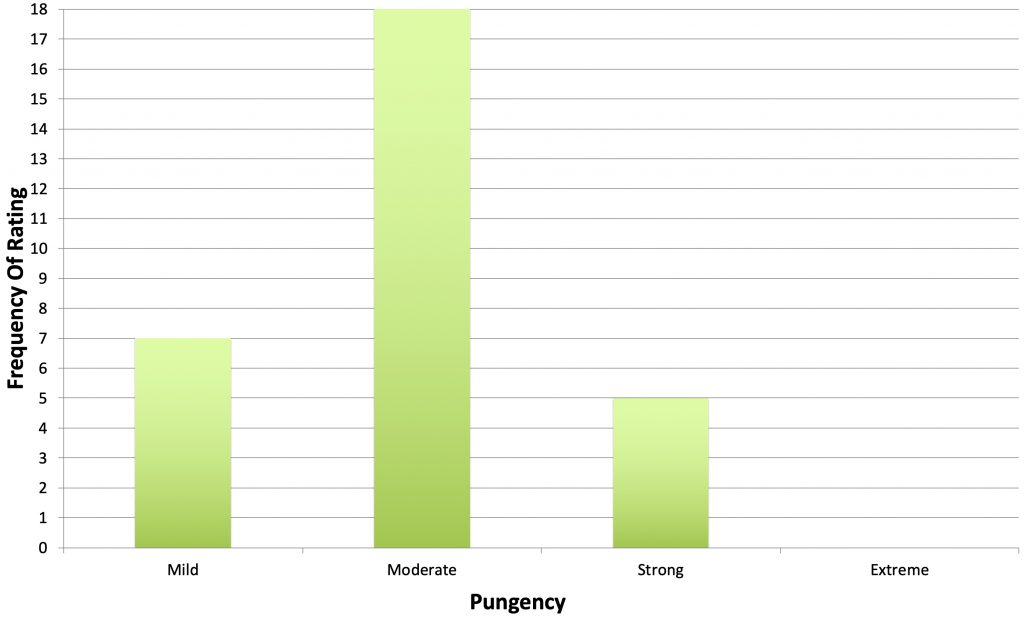
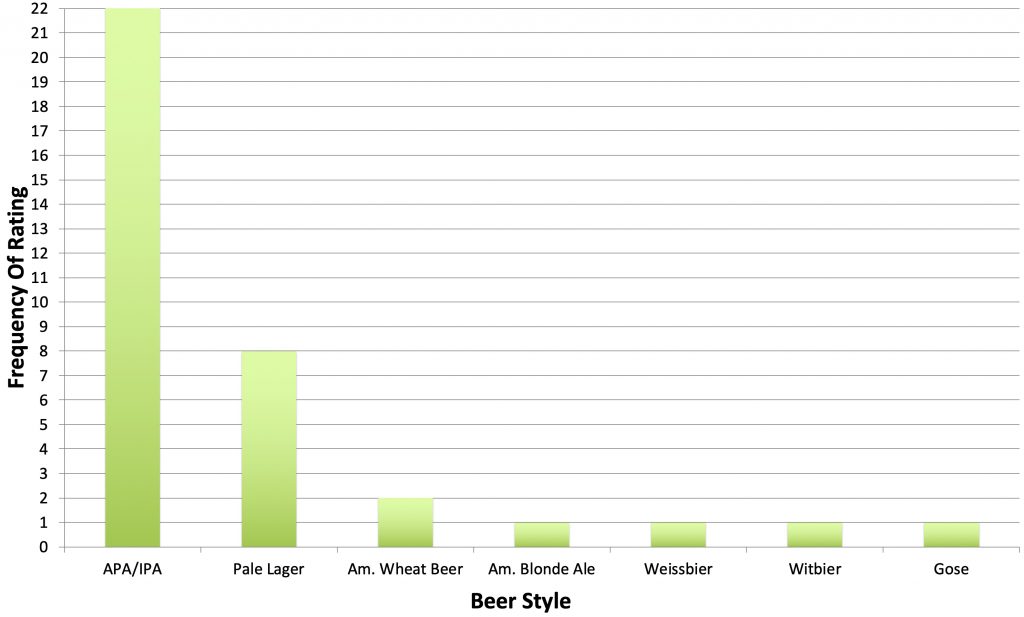
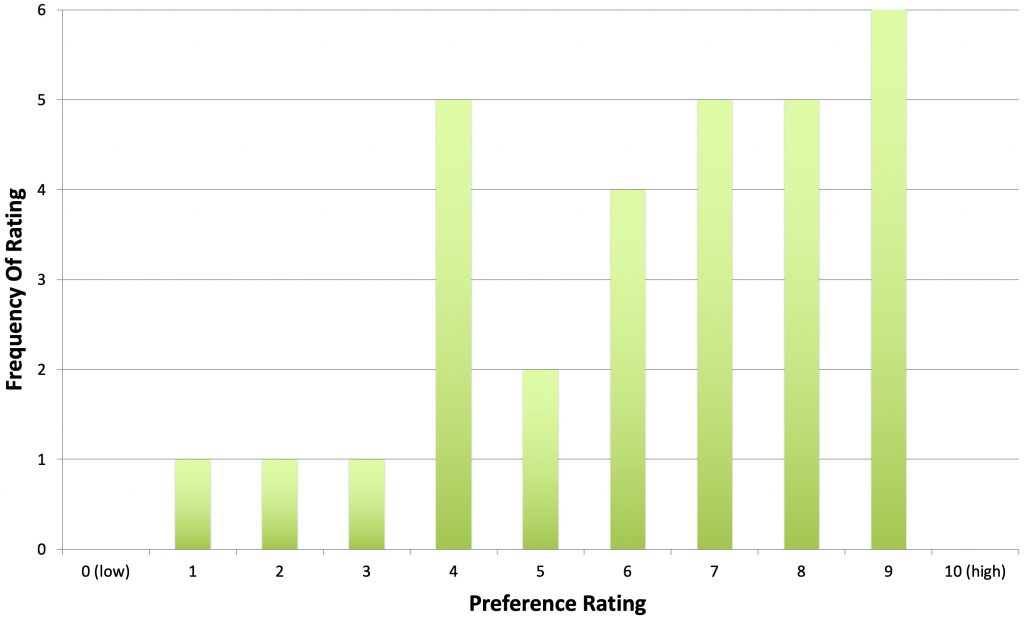











11 thoughts on “The Hop Chronicles | Ekuanot LUPOMAX (2020) Pale Ale”
Nice writeup.
A common flavour descriptor of Ekuanot is green bell pepper and while I’m not sure I detected it, I’ve only used it as blend with other fruity hops. I heard a pro-brewer saying cryo Ekuanot eliminates a lot of the herbal qualities (which may include the green bell pepper bit also) in favour of more tropical characteristics compared to regular pellets. Did you detect any green bell pepper in this beer and do you feel lupomax pellets had less herbal grassy/more tropical compared to regular Ekuanot?
I got no green pepper in this beer at all, and while I could see the LUPOMAX contributing to that, I’ve used standard Ekuanot pellets many times without issue as well.
I have always gotten the green peoper character and love it in IPL. I have only used T90s
I have used ekuanot in a few beers and I always seemed to get the green pepper flavor. I bought a pound a few years ago and once it was used up I never bought any again. Maybe I should give them another go. Or at least try the lupomax.
Remember, this was Ekuanot LUPOMAX, which may have had an impact. I loathe that green pepper thing in beer and perceived no such character in this Pale Ale. That said, I’ve used regular Ekuanot pellets many times and didn’t get it either.
Same here. Mild but I and others definitely get the green pepper even if I only use it in a dry hop. Never tried the Lupo version tho.
Thanks for another interesting test. I have a slightly ambivalent relationship to this hop, and it interests me to see such a large spread in how much the testers enjoyed the beer. Do you have any more input here? What do you think put off those people who ranked it 5 or less?
I actually chatted with most tasters, so I have some idea what they thought of the beer. While the preference questions is worded in such a way to have tasters focus specifically on the hop character of the beer, some understandably rate the beer as a whole. If you’ve never had a single hop Pale Ale, they do tend to be pretty boring compared to normal Pale Ales made with 2-4 varieties.
I was at a Sierra Nevada Beer Camp in Chico when this hop was first coming on the market (as equinox) and we brewed a pale with a good amount of wheat in the grist. Ended up being called Wheat of the Moment, it was alllriight in my opinion. What I remember most was being able to do a hop rub out of the bins @ Sierra Nevada with this hop. It’ll always have a soft spot for that, might need to revisit a Smash with this. (remember when those were cool!?)
Maybe the green pepper thing is the same thing as the cat pee vs blueberry split that many tasters report with varieties like Citra and Simcoe?
Interestingly my mother can spot Citra in any beer I make as she perceives it (when fresh and heavily dry hopped) as overcooked stale baked beans aroma! Every time without fail so it can’t just be luck.
I’ve got 1.5kg of 2020 cryo-Ekuanot in my freezer and may take the plunge and go for a 12g/l cryo Ekuanot dry hop. If there is green pepper there to be had I’m sure to taste it.
Am I reading this correctly that your Sulfate to Chloride ratio is 6-1? Your standard hop chronicles recipe is usually 3-1, why the change here?